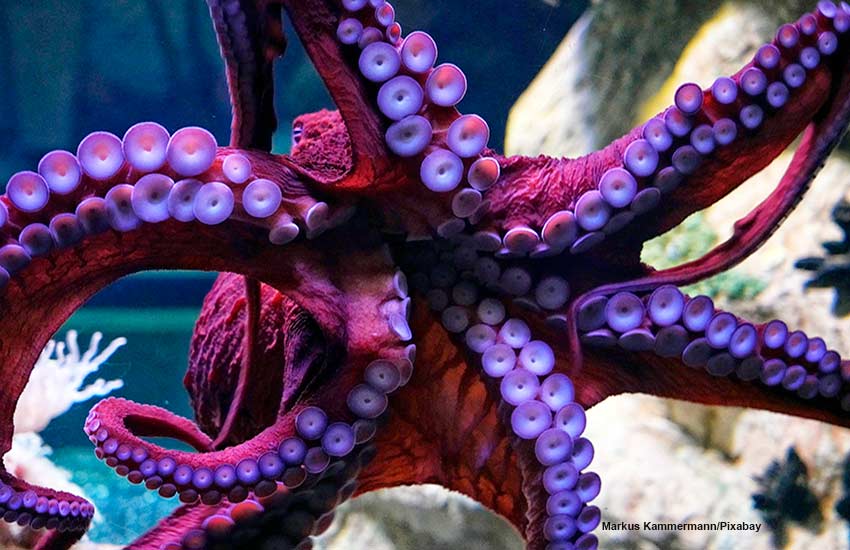FAQs about Biodiversity

2. What is biodiversity, and which is the most biodiverse country in the world?
The term biodiversity, or biological diversity, refers to the variety of living things that inhabit the Earth. These are classified into five large groups called kingdoms. The animal kingdom (animals), the vegetable kingdom (plants), the fungi kingdom (mushrooms, molds, and yeasts), the Protoctista kingdom (protozoa and algae) and the Monera kingdom (bacteria).
Viruses do not belong to any of them. There are authors who classify them within the Monera group, but others leave it outside the five kingdoms, since viruses are not considered living beings because they lack cells. A virus is a microscopic pathogenic agent that can only reproduce inside the cells of other organisms. When infecting a cell, these genes force the host cell to synthesize the nucleic acids and proteins of the virus in order to reproduce, and they can do so exponentially, as we have seen with COVID-19.
Australia is the most biodiverse country in the world, with more than seven million km2, it is home to between 660,000 and 700,000 species of flora and fauna, including endemic mammals, that is, they only live in Australia, including koalas and kangaroos. A special section deserves the Great Barrier Reef of Australia, with an extension of more than 2,300 kilometers in length, it is the largest reef system in the world. It is the habitat of some 1,500 species of fish and 4,000 types of mollusks. Thousands of fish flock to the large bar to feed and spawn. More than two hundred species of birds visit it to sleep, place their nests and reproduce. So if the Great Barrier Reef were to disappear, it would mean a catastrophe that would affect a large part of the biodiversity of the seas and oceans around the world. (See question #5).
FAQs about Biodiversity
1. Why is International Day of Biological Diversity celebrated on May 22?
2. What is biodiversity, and which is the most biodiverse country in the world?
3. What are the megadiverse countries of Latin America?
4. What is the Environmental Conservation Monitoring Center?
5. What are the dangers to marine biodiversity?
6. How many species are there in the Amazon and what is the danger they face?
7. What is the importance of biodiversity?
8. How is biodiversity measured?












